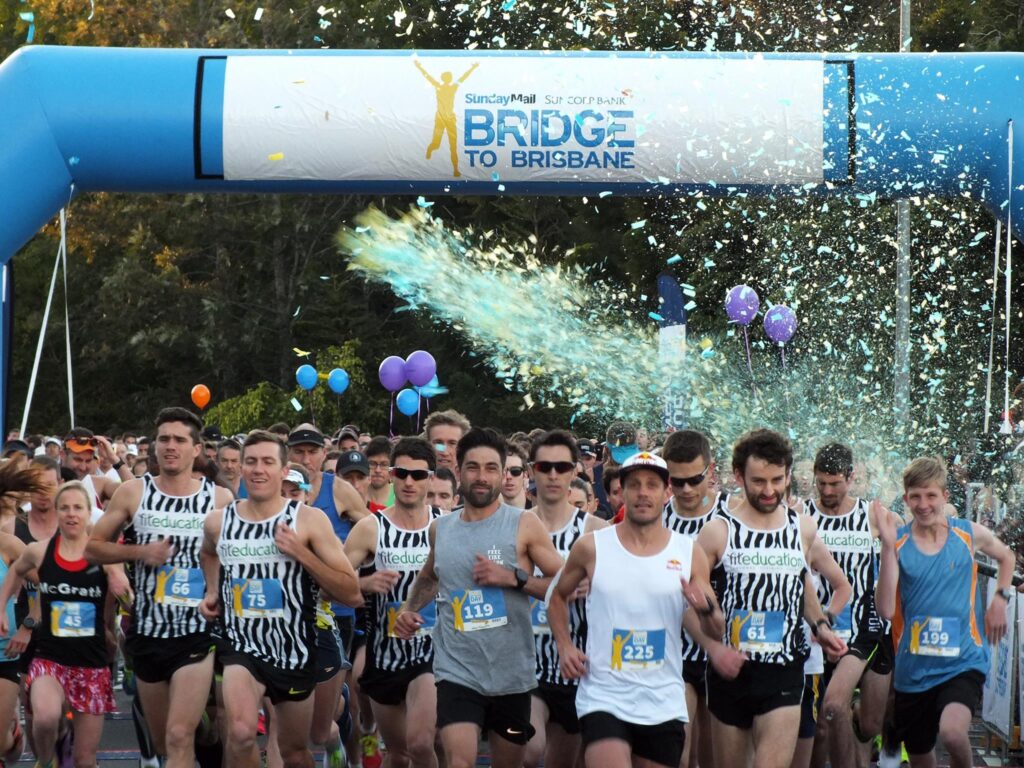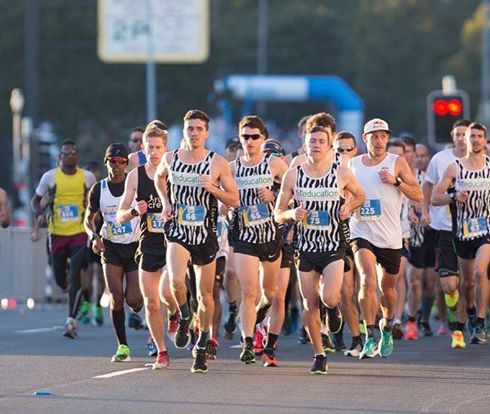Research has repeatedly proven that interval, fartlek, and repetition training should form a regular part of your weekly schedule, and will improve your race pace. The benefits of this type of training include: increased movement efficiency, increased fitness, decreases in race-time, and decreases in the perceived intensity of your normal race pace. These sessions are higher intensity and therefore require recovery between them. Lower intensity aerobic running should be done in between sessions.

Interval Training
Interval training involves running at a pace which can be maintained for around 10-15minutes. In practical terms, this can be related to a runner’s 5km time. Running at this pace should be hard work, but should not involve all-out running. Intervals should be between 30 seconds and 5 minutes, with a constant speed throughout. After each interval, recovery duration should be the same as the interval duration, and can be either passive (non-movement rest) or active (gentle jog or walk). An example of a session would be to run 1km in 3 and a half minutes, with 3 and a half minutes rest, 5 times.
Fartlek Running
Fartlek running is speed play. It involves running at a pace slightly faster than race pace and then running at a slightly slower than race pace. Eg. You would run 90 sec at the fast pace and then 90sec at the slow pace, and maybe repeat this 4 times.

Pictured: Fit Education at the Bridge To Brisbane 5km.
Repetition Sessions.
Repetition sessions allow the runner to develop speed, motion economy, and general comfort at race pace. Motion economy is important to long-distance runners as it describes the amount of energy required to produce the work. By decreasing the amount of energy required to produce the same effort, runners can sustain their pace over a greater period of time. Repetition training involves running at a speed greater than race pace, with the general advice being 120% of race pace. Rest periods are essential, as with interval training; however this time the recovery should be 5 times longer than the work period. A basic program of repetition training could involve running 200 m 5 times, in less than 40 seconds, with 2 minutes of rest in between each effort.
Speed is an important factor in running long distances. If you practice running fast there is a good chance you will run fast. If you practice running slow you will run slow. Incorporating interval, fartlek and repetition training into your program will help you to run faster. These “short and sharp” routines are also valuable boredom-busters, and can help kick-start a schedule that has reached a plateau and become repetitive.
See you out on the training park with your intervals, fartlek and repetition sessions.
Be sure to check out our FAQs page or send a message on our Contact page for more information.
If you found this article useful, you may also enjoy reading:
- Darn Well Jogging Around: Polarised Training
- Contrast Training – For Strength and Power Development
- Strength Training For Masters Athletes
Interval training and other training techniques are covered in Fit Education’s Certificate III in Fitness and Certificate IV in Fitness.
